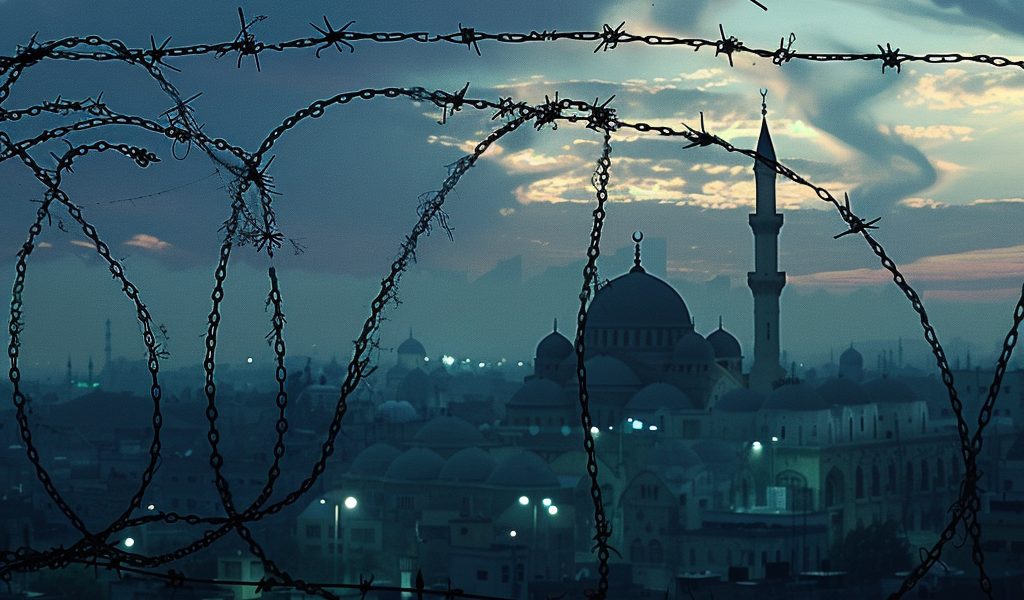The geopolitical landscape of the Middle East is fraught with tension, and the recent events surrounding Iran’s actions have captured the attention of global observers. As the region grapples with the aftermath of significant incidents, including high-profile assassinations, the question of Iran’s potential responses looms large. Understanding these dynamics is crucial for anticipating the future of international relations and security in the area.
One pivotal moment in this ongoing saga occurred on January 3, 2020, when a U.S. airstrike resulted in the death of Qasem Soleimani, the commander of Iran’s Quds Force. This event marked a significant escalation in U.S.-Iran tensions and set the stage for a series of retaliatory actions and counteractions that have continued to shape the region’s political climate.
Fast forward to November 27, 2020, another critical incident unfolded in Tehran with the assassination of Mohsin Fakhrizadeh, Iran’s leading nuclear scientist. This targeted killing not only struck at the heart of Iran’s nuclear ambitions but also sent shockwaves through its military and scientific communities. Such actions have raised questions about the effectiveness of Iran’s security apparatus and its ability to protect its key figures from external threats.
In a recent development on July 31, 2024, Ismail Haniyeh, the chief of Hamas, was assassinated in broad daylight while visiting Tehran. This incident underscores the precarious position of Iran in the ongoing conflict dynamics and highlights the potential for further escalations. Each of these assassinations shares a common thread: they reflect the high-stakes game of power and influence that characterizes the Middle East.
As the world watches closely, Iran finds itself at a crossroads. The nation has several limited options in response to the mounting pressures it faces, both domestically and internationally. The Iranian leadership must navigate a complex web of alliances, rivalries, and external threats while seeking to maintain its influence in the region.
One potential avenue for Iran could be to engage in diplomatic efforts aimed at de-escalating tensions with the West. However, this approach may be fraught with challenges, as the Iranian government has historically been resistant to perceived external pressures. Additionally, any attempts at negotiation could be complicated by internal factions that may oppose rapprochement with the U.S. and its allies.
Another option for Iran involves strengthening its military capabilities and regional alliances. By bolstering its defense posture, Iran may seek to deter further attacks and assert its influence across the Middle East. This could involve increased cooperation with allied groups and nations, which may further complicate the already intricate geopolitical landscape.
Moreover, Iran could explore asymmetric warfare strategies, leveraging its network of proxy groups throughout the region to retaliate against perceived aggressors. This approach has been a hallmark of Iranian strategy in recent years, allowing the nation to exert its influence without direct confrontation. However, such tactics carry the risk of escalating conflicts and drawing in larger powers.
As these options unfold, the international community remains on high alert. The potential for a major conflict in the Middle East hinges on Iran’s decisions and the reactions of its adversaries. The interplay of military actions, diplomatic overtures, and economic pressures will shape the future trajectory of the region.
In summary, Iran’s limited options could paradoxically serve as a stabilizing factor in the current geopolitical landscape. While the potential for conflict remains, the necessity for strategic decision-making may lead to a more measured approach from Tehran. As the world grapples with these developments, the implications for global security and diplomacy are profound.





